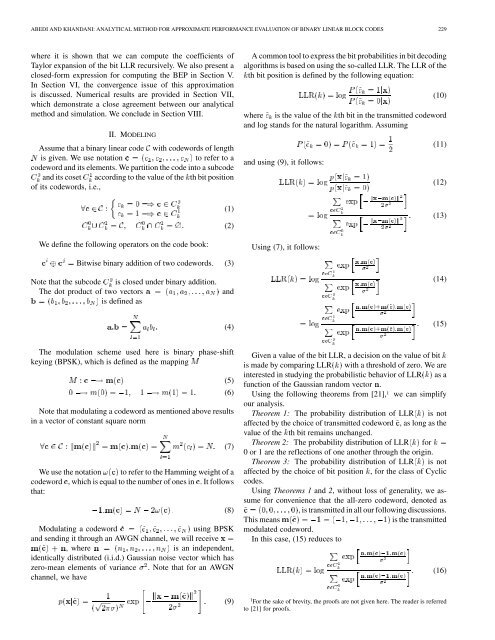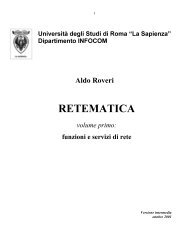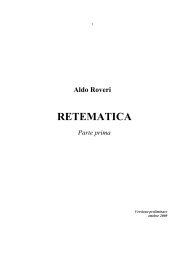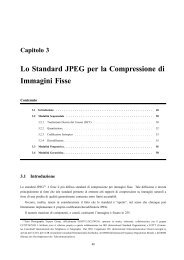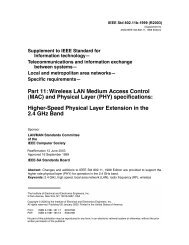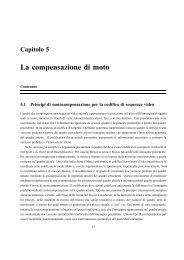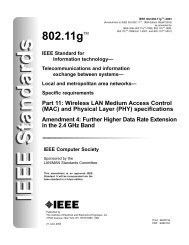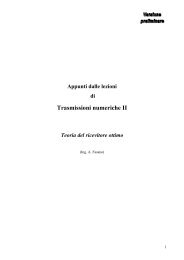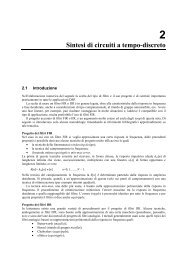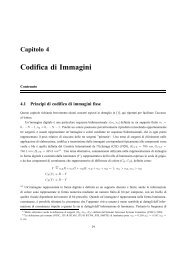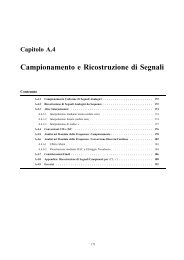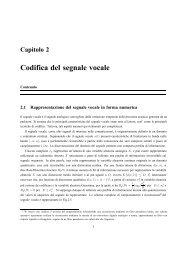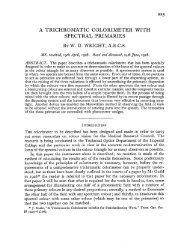An Analytical Method for Approximate Performance ... - IEEE Xplore
An Analytical Method for Approximate Performance ... - IEEE Xplore
An Analytical Method for Approximate Performance ... - IEEE Xplore
Create successful ePaper yourself
Turn your PDF publications into a flip-book with our unique Google optimized e-Paper software.
ABEDI AND KHANDANI: ANALYTICAL METHOD FOR APPROXIMATE PERFORMANCE EVALUATION OF BINARY LINEAR BLOCK CODES 229<br />
where it is shown that we can compute the coefficients of<br />
Taylor expansion of the bit LLR recursively. We also present a<br />
closed-<strong>for</strong>m expression <strong>for</strong> computing the BEP in Section V.<br />
In Section VI, the convergence issue of this approximation<br />
is discussed. Numerical results are provided in Section VII,<br />
which demonstrate a close agreement between our analytical<br />
method and simulation. We conclude in Section VIII.<br />
II. MODELING<br />
Assume that a binary linear code with codewords of length<br />
is given. We use notation to refer to a<br />
codeword and its elements. We partition the code into a subcode<br />
and its coset according to the value of the th bit position<br />
of its codewords, i.e.,<br />
We define the following operators on the code book:<br />
(1)<br />
(2)<br />
Bitwise binary addition of two codewords (3)<br />
Note that the subcode is closed under binary addition.<br />
The dot product of two vectors and<br />
is defined as<br />
The modulation scheme used here is binary phase-shift<br />
keying (BPSK), which is defined as the mapping<br />
(4)<br />
(5)<br />
(6)<br />
Note that modulating a codeword as mentioned above results<br />
in a vector of constant square norm<br />
We use the notation to refer to the Hamming weight of a<br />
codeword , which is equal to the number of ones in . It follows<br />
that:<br />
Modulating a codeword using BPSK<br />
and sending it through an AWGN channel, we will receive<br />
, where is an independent,<br />
identically distributed (i.i.d.) Gaussian noise vector which has<br />
zero-mean elements of variance . Note that <strong>for</strong> an AWGN<br />
channel, we have<br />
(7)<br />
(8)<br />
(9)<br />
A common tool to express the bit probabilities in bit decoding<br />
algorithms is based on using the so-called LLR. The LLR of the<br />
th bit position is defined by the following equation:<br />
(10)<br />
where is the value of the th bit in the transmitted codeword<br />
and log stands <strong>for</strong> the natural logarithm. Assuming<br />
and using (9), it follows:<br />
Using (7), it follows:<br />
(11)<br />
(12)<br />
(13)<br />
(14)<br />
(15)<br />
Given a value of the bit LLR, a decision on the value of bit<br />
is made by comparing LLR with a threshold of zero. We are<br />
interested in studying the probabilistic behavior of LLR as a<br />
function of the Gaussian random vector .<br />
Using the following theorems from [21], 1 we can simplify<br />
our analysis.<br />
Theorem 1: The probability distribution of LLR is not<br />
affected by the choice of transmitted codeword , as long as the<br />
value of the th bit remains unchanged.<br />
Theorem 2: The probability distribution of LLR <strong>for</strong><br />
0 or 1 are the reflections of one another through the origin.<br />
Theorem 3: The probability distribution of LLR is not<br />
affected by the choice of bit position , <strong>for</strong> the class of Cyclic<br />
codes.<br />
Using Theorems 1 and 2, without loss of generality, we assume<br />
<strong>for</strong> convenience that the all-zero codeword, denoted as<br />
, is transmitted in all our following discussions.<br />
This means is the transmitted<br />
modulated codeword.<br />
In this case, (15) reduces to<br />
(16)<br />
1 For the sake of brevity, the proofs are not given here. The reader is referred<br />
to [21] <strong>for</strong> proofs.


